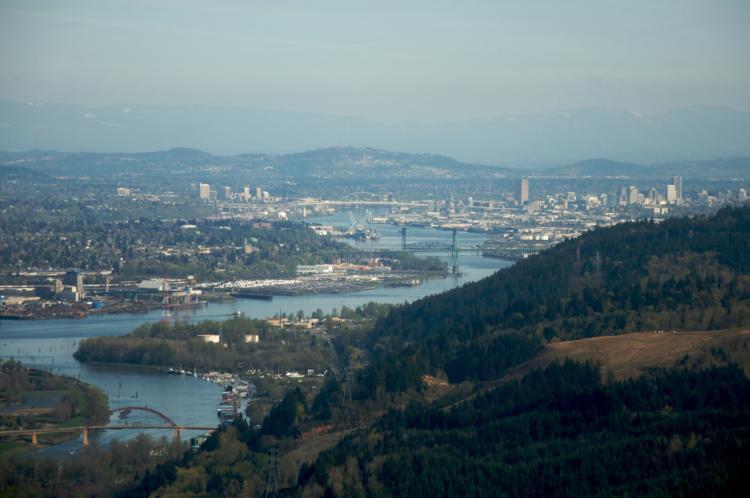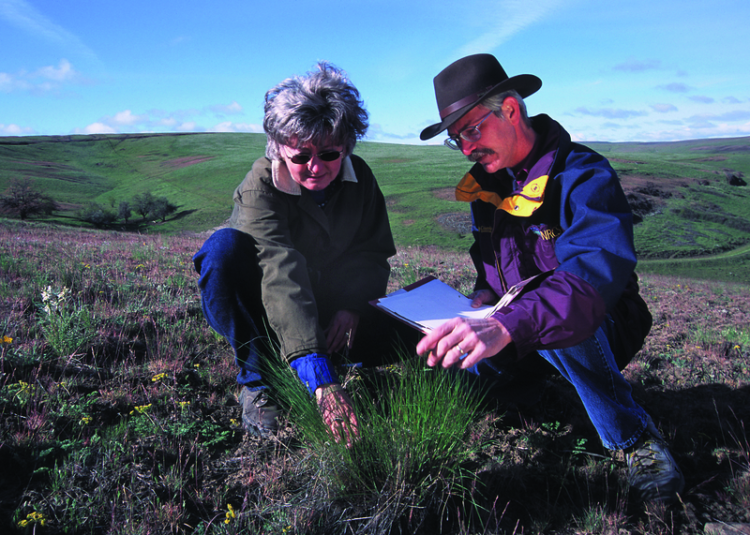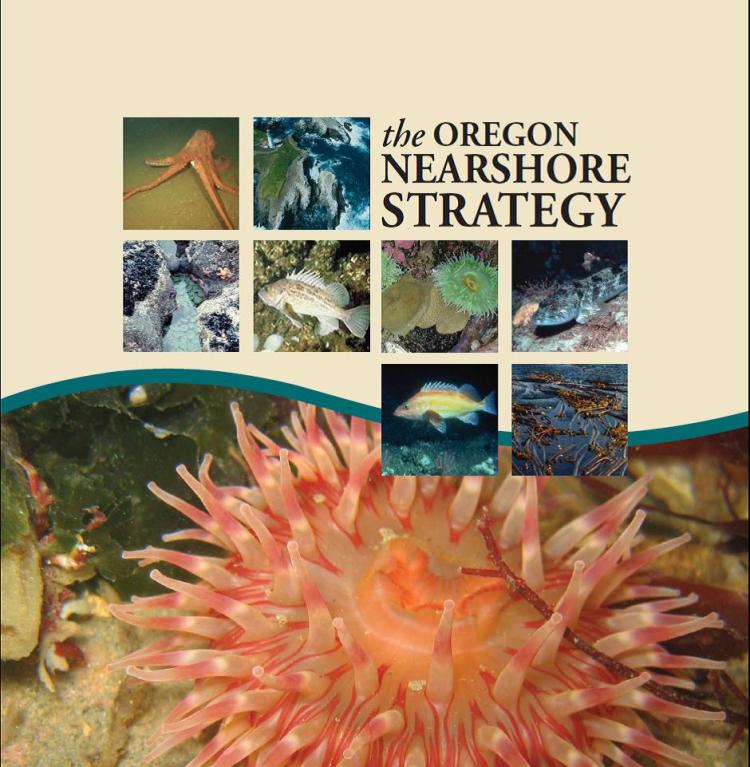The Oregon Conservation Strategy outlines priorities: Strategy Species, Strategy Habitats, Conservation Opportunity Areas, Key Conservation Issues, and recommends voluntary actions for conservation in Oregon. These priorities were originally developed using the best scientific information available to the ODFW and partners in 2006, and they were updated in 2016 as part of a 10-year revision. The Conservation Strategy builds on Oregon’s planning and regulatory framework and works within the existing legal structure, but it is not regulatory.
Although Oregon’s fish and wildlife are managed by ODFW, the habitats they depend on are managed by a patchwork of different types of land ownership and uses throughout the state. Conservation outcomes for Strategy Species, Strategy Habitats, and COAs depend upon communication of common priorities and shared stewardship from all Oregonians.

Information for Communities, Local Planners, and Other Organizations
Communities, planners, and other organizations have a crucial role in stewardship of Oregon’s natural resources. Some suggestions to help community planners, local governments, counties, metropolitan planning organizations, tribes, federal and state agencies, nonprofit organizations, corporate interests, and large landowners find relevant information in the Strategy include:
- Grant applications for conservation and restoration projects
- Actions to benefit Strategy Species
- Actions to benefit Strategy Habitats
- Voluntary conservation actions to benefit Conservation Opportunity Areas
- Guide to incentives programs for property owners. Cities and local governments can help property owners access information about incentives programs and implement conservation actions.
- Land use actions – Considering natural resources information early in the process can help with energy planning, land use planning, and more. To be informed of areas to avoid for development or areas to consider for mitigation actions, see:
- Maps about fish, wildlife, and habitats available on ODFW Compass
- Voluntary conservation actions to benefit Conservation Opportunity Areas
- Regional planning and local comprehensive planning

Information for Private Landowners
Across Oregon, motivated landowners are removing invasive plants, replacing culverts, restoring wetlands, establishing native plants, and taking large and small actions to enhance habitat for fish and wildlife. Landowners with an urban backyard, a few acres in the foothills of the Cascades, or a large ranch in eastern Oregon can all take action to benefit Strategy Species and Strategy Habitats. Some suggestions to help landowners find relevant information in the Strategy include:
- Grant applications for conservation and restoration projects:
- Actions to benefit Strategy Species
- Actions to benefit Strategy Habitats
- Voluntary conservation actions to benefit Conservation Opportunity Areas
- Guide to incentives programs for property owners. Cities and local governments can help property owners access information about incentives programs and implement conservation actions.
- Stakeholders recognize several Challenges and Opportunities for Private Landowners to Initiate Conservation Actions, and include this as a major Key Conservation Issue. For an in-depth discussion and potential solutions, see the Challenges and Opportunities for Private Landowners section.
For more information, see Strategy Implementation.

Oregon Nearshore Strategy
The Oregon Conservation Strategy includes both inland and nearshore habitats and species within a single State Wildlife Action Plan. However, because of multiple considerations, including that the nearshore is entirely in the public trust, the ODFW has developed a discrete section of the Conservation Strategy to address nearshore resource issues – the Oregon Nearshore Strategy. The ODFW’s Marine Resources Program has undertaken this effort, working collaboratively and in complement with the Conservation Strategy team, to identify actions for the ODFW and our partners to undertake in the nearshore to augment conservation and management goals for these unique and highly valued resources.